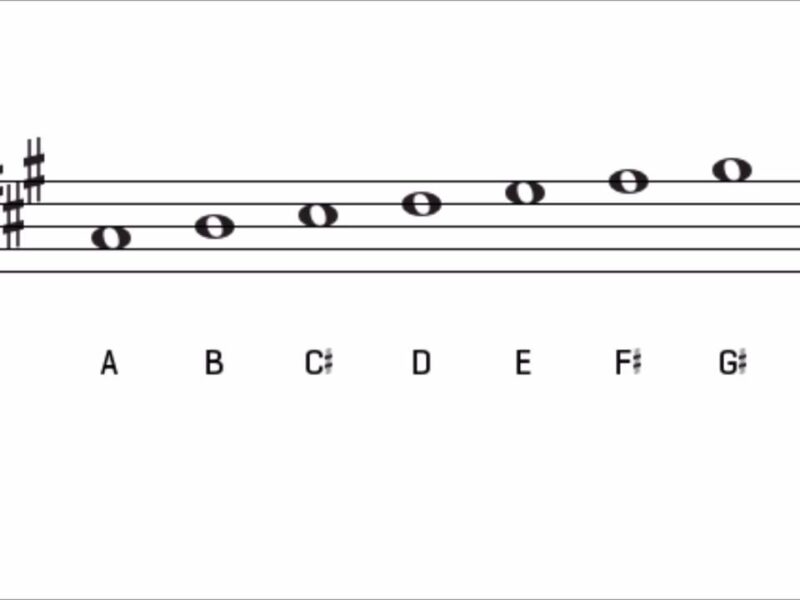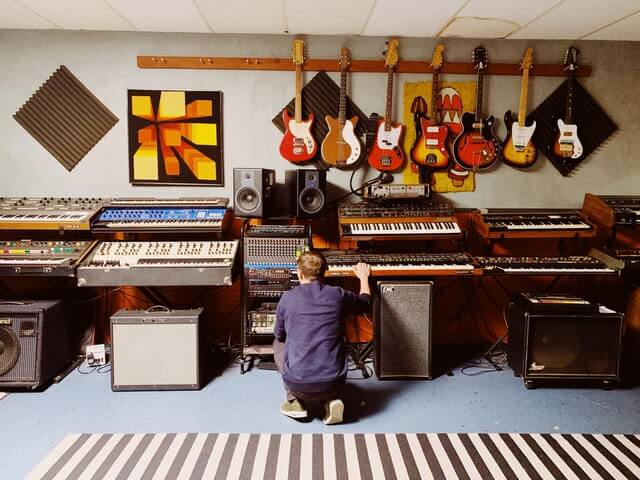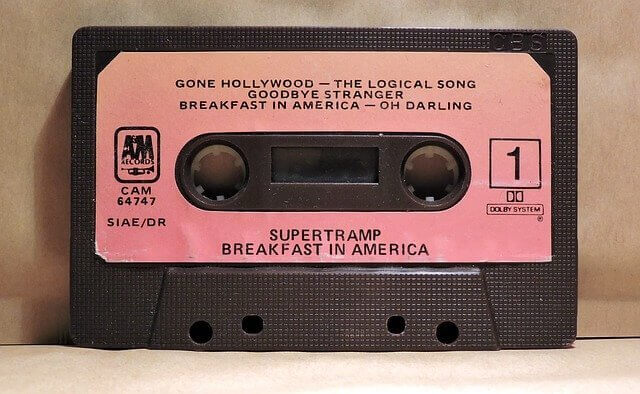*Keyboardkraze now has a nearly 24/7 chat service directly with me should you have any questions regarding keyboard/plugin choices! This is connected directly to me and it is not AI.
Table of Contents
Learning to play the A Major can be challenging as you will be introduced to playing three sharps consisting of F#,C#,G#.
If you’re having trouble learning to play the A Major piano scale, or you are simply looking to learn the notes in A Major, you’ve come to the right place.
This article will cover everything you need to know about learning to play the A Major scale and provide you with tips from a professional pianist that will help you build your finger dexterity and speed.
Playing the A Major scale incorporates the same fingering as the C Major scale; however, we introduce different notes than what you are used to.
A Major Scale Notes
The notes of the A Major scale consist of the following notes: A,B,C#D,E,F#,G#,A. As you can see, there are three sharps in this key: C #,F#, and G#. A Major is not considered a difficult scale to play, but it will test your finger dexterity as you will have to navigate three black notes.
A Major Piano Fingering
It’s essential to understand the basics of piano fingering when learning to play this scale. Starting with your left hand, you will notice that your pinky finger is referred to as your five finger.
Place your left hand on A, with your pinky sitting on A.
Your right hand will also be rested on A, with your thumb being your starting note. Your thumb on your right hand is your one finger.
How To Play A Major Scale With Your Right Hand
Place your one finger or your thumb on A and play the following notes:
A(1)
B(2)
C#(3)
D(1)
E(2)
F#(3)
G#(4)
A(5)
To descend, you will do the following:
A(5)
G#(4)
F#(3)
E(2)
D(1)
C#(3)
B(2)
A(1)
How To Play A Major Scale With Left Hand
Start by placing your five finger(pinky) on A and play the following until your reach A.
A(5)
B(4)
C#(3)
D(2)
E(1)
F#(3)
G#(2)
A(1)
To descend, follow these notes and fingering to reach your goal.
A(1)
G#(2)
F#(3)
E(1)
D(2)
C#(3)
B(4)
A(5)
Combining Your Hands
When combining your hands, be patient. Start with your tempo being slow, and start to increase it over time. Since you are playing three sharps in this key, it might be a little tricky at first for your brain to navigate and get used to playing the black keys.
How To Get Better At This Scale
Like any other scale, the best way to get better at playing this scale is to start extremely slow and separate your hands first.
As you start to gain confidence in this key, you can then begin to increase your tempo. In comparison, it might be tempting to move onto the next scale; you will want to get the basics down before moving on.
Always practice scales using a metronome to learn the basics of rhythm and playing in time.
Wrapping Up
I recommend practicing the A Major scale for 10-20 minutes each day until you can increase your tempo to 144 BPM on your metronome.
You are making a great decision by practicing scales, and I highly recommend continuing to learn all scales as they will be a vital part of your journey as a pianist.
If you have problems playing the A Major piano scale, feel free to leave a comment, and I will respond as soon as possible.







